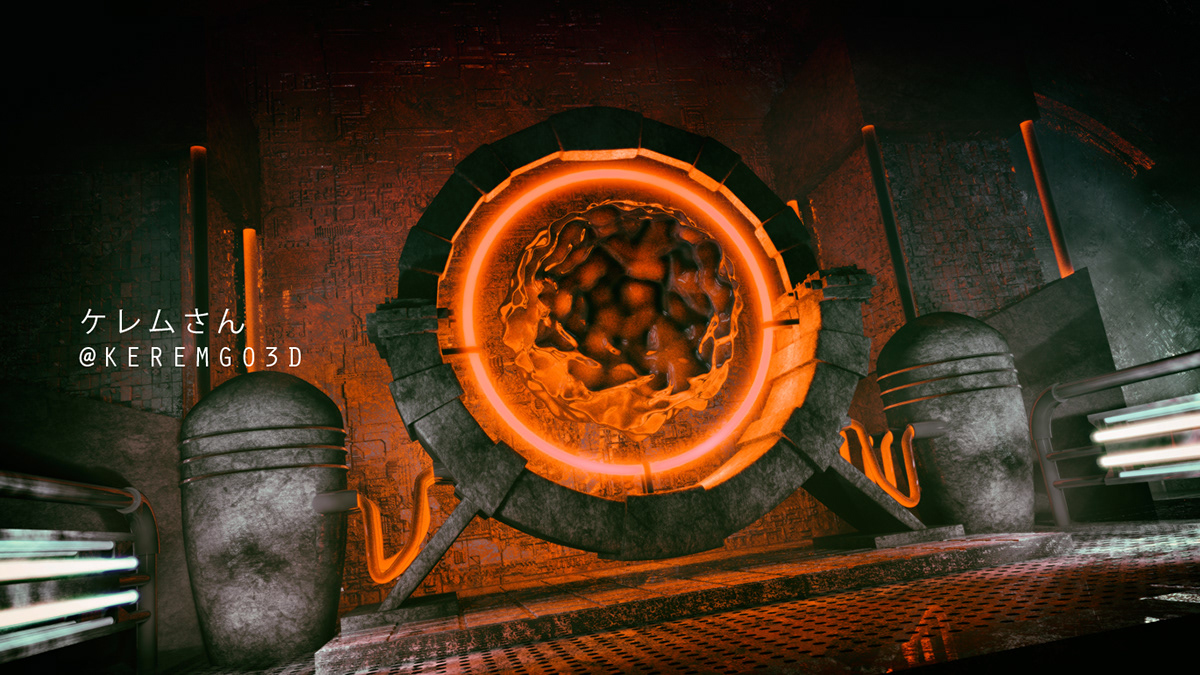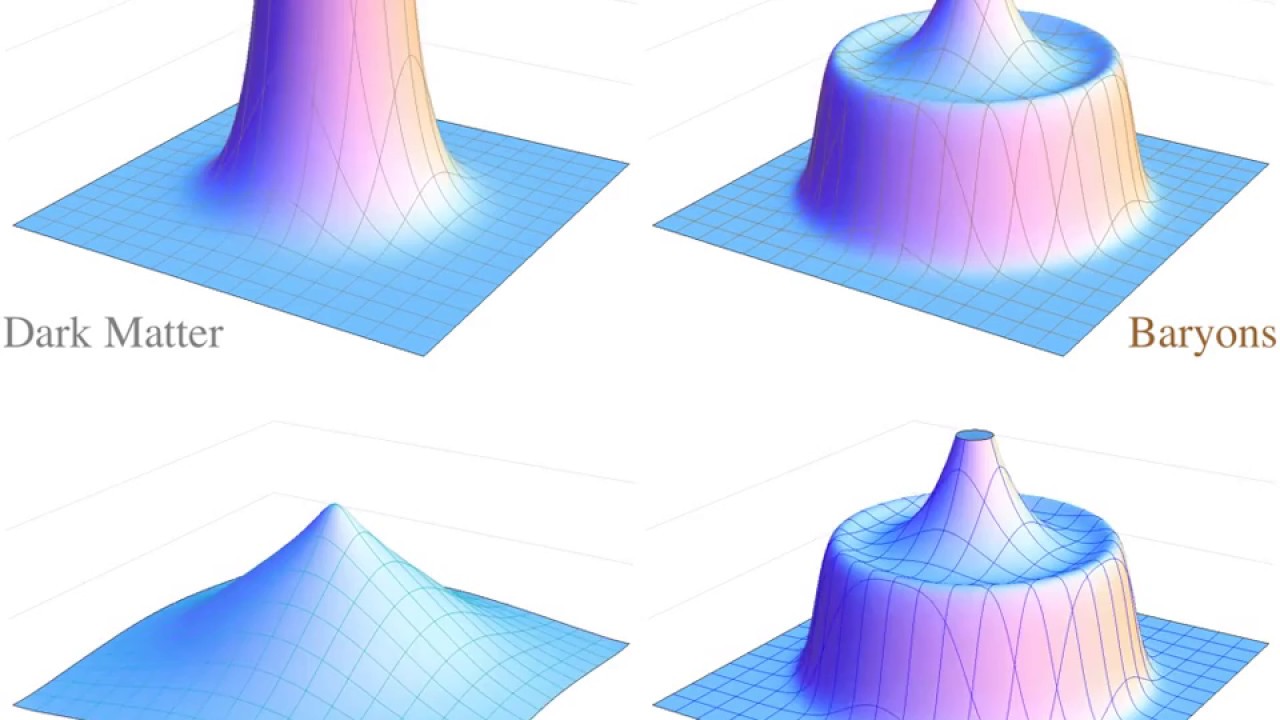The Mystery of Dark Energy: Is the Universe’s Fate More Complex Than We Imagined?
We know that the universe is expanding, and we’ve long assumed that this expansion is not only continuing, but accelerating at a steady pace. However, new research suggests that this assumption may be incomplete—or even misinformed. Recent studies exploring cosmic sound waves, known as Baryon Acoustic Oscillations (BAOs), hint that the dark energy driving the expansion of the universe might be changing over time. This shifts our understanding of the universe’s fate, potentially defying the long-held expectation of a gradual “heat death.”
This shift in thinking forces us to reexamine fundamental elements of cosmology and opens up new possibilities for physics. It’s a fascinating pivot, and one I’ve been keenly watching through my lens as an advocate for evidence-based science and as someone who’s delved into speculative fields such as quantum mechanics. Let’s explore how these new findings could impact our understanding of the universe’s future, and what that might mean for physics as a whole.
Dark Energy: The Accelerating Mystery
Since 1998, we’ve known that the expansion of the universe is accelerating, thanks to observations involving supernovae. The explanation for this was “dark energy,” a mysterious force making up roughly 70% of the universe’s content, counteracting the pull of gravity and causing the universe to expand at an increasing rate. This discovery was groundbreaking, with dark energy fitting nicely into our current understanding of the universe under a model known as Lambda-CDM (Cold Dark Matter), where the “Lambda” represents Einstein’s cosmological constant.
But here’s where things get tricky. Although we know how to model dark energy mathematically, no one knows exactly what it is. Its effects can be calculated using Einstein’s theory of general relativity, but the cosmological constant itself—the mechanism we use to explain the acceleration—is just a placeholder. For now, it’s the best idea we have, but it might not explain everything.
Looking For a Changing Expansion Rate
Observations of distant supernovae, paired with information gleaned from the cosmic microwave background (CMB), have allowed us to map the rate of the universe’s expansion over time. The supernova method works well for measuring relatively recent cosmic history, while the CMB provides a snapshot of the universe’s expansion shortly after the Big Bang. The issue is, these two methods don’t seem to completely agree. This growing tension in cosmology, sometimes referred to as the “Hubble tension,” suggests there might be more going on than the simple assumption of a constant expansion rate.
Enter Baryon Acoustic Oscillations (BAOs), which offer a way to map expansion further back in time. These are essentially frozen imprints of sound waves that emanated in the universe’s first few hundred thousand years, when the universe was a hot plasma. As the plasma cooled and formed atoms, those sound waves stopped moving, leaving their mark on the distribution of galaxies. Using this “imprint” allows us to measure cosmic distances and the expansion rate in a more consistent manner, giving us another way to probe the universe’s expansion.
Are We Seeing a Quintessential Shift?
New data from the Dark Energy Spectroscopic Instrument (DESI) has brought forward an exciting possibility: dark energy might not be constant after all. DESI observed redshifts—the stretching of light caused by the universe’s expansion—for millions of galaxies, helping scientists piece together a more detailed map of the universe’s expansion history.
Initial results suggest that dark energy might be weakening over time, a possibility that aligns with a theoretical model known as “quintessence.” Quintessence proposes that dark energy is not a fixed cosmological constant but rather a dynamic field that changes as the universe ages. This could mean that dark energy was stronger in the early universe and is now becoming less influential—a surprising twist that opposes the assumption that dark energy would someday lead to a phenomenon like the “Big Rip,” where dark energy’s power could tear atoms apart.
What’s Next for Cosmology?
As exciting as these findings are, it’s important to remember that they are not yet statistically significant. The DESI data points toward a weakening in dark energy, but more observations are needed to ensure these results hold up. The implications, though, are enormous. If confirmed, this could mark a significant pivot in our understanding of the universe’s future.
While some may dream of a less dramatic cosmic end, such as the “eternal expansion” scenario where the universe cools to a fizzle without further surprises, others entertain ideas of more fantastical endings. The possibility of a “Big Crunch,” where the universe collapses back in on itself due to a reversal in dark energy’s effects, is one such scenario. Right now, both possibilities remain conjecture awaiting more evidence. These discussions remind me of past explorations into probability theory, particularly the importance of non-linear thinking when applied to areas where uncertainty is still vast. In a recent article on gravitational memory effects, I touched on how emerging phenomena might refine our understanding of these cosmic events (Understanding Gravitational Memory Effects).
The Future of Dark Energy Research
Fortunately, DESI isn’t finished. As the survey continues, pushing toward its goal of mapping 40 million objects, we’ll amass even more data to clarify dark energy’s behavior. Meanwhile, other upcoming surveys, such as those conducted by the Vera Rubin Observatory and the Dark Energy Survey, will provide additional insights.
Imagine a universe where dark energy isn’t constant but variable: it would force us to revisit the foundations of physics, perhaps even rekindling our attempts to unify quantum mechanics and general relativity. String theory, for instance, has long promised insights into the nature of the universe, though it has so far struggled to make testable predictions. Some suggest that a changing dark energy might be one of those rare testable predictions that tie into the “string landscape”—a multiverse of possible universes in which ours just happens to harbor the right conditions for life.
For now, we remain in a holding pattern, awaiting the next round of data. Yet, one thing is clear: the study of dark energy represents some of the most exciting and consequential research in physics today. The ultimate fate of the universe may not be a foregone conclusion after all, and as new data emerges, we inch closer to understanding what drives our cosmos.
Until then, there’s more to ponder—whether it’s the ramifications of AI for societal advancement (like I discussed in the article on AI recreating Minecraft) or drawing connections to how light itself travels from Sun to Earth (The Journey of Sunlight), it’s worth thinking about how small pieces of knowledge like these ultimately form our bigger picture understanding of all things we call home—our universe.
Exciting times lie ahead in cosmology as new instruments bring us clarity, and I for one can’t wait to see where this story takes us.
Focus Keyphrase: variable dark energy

